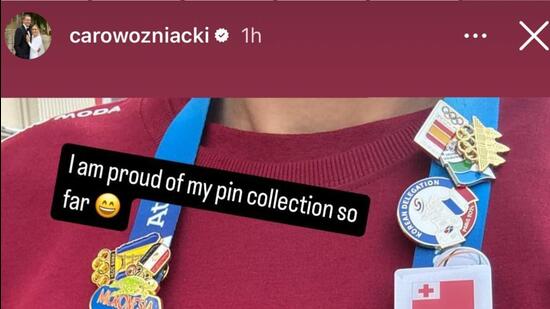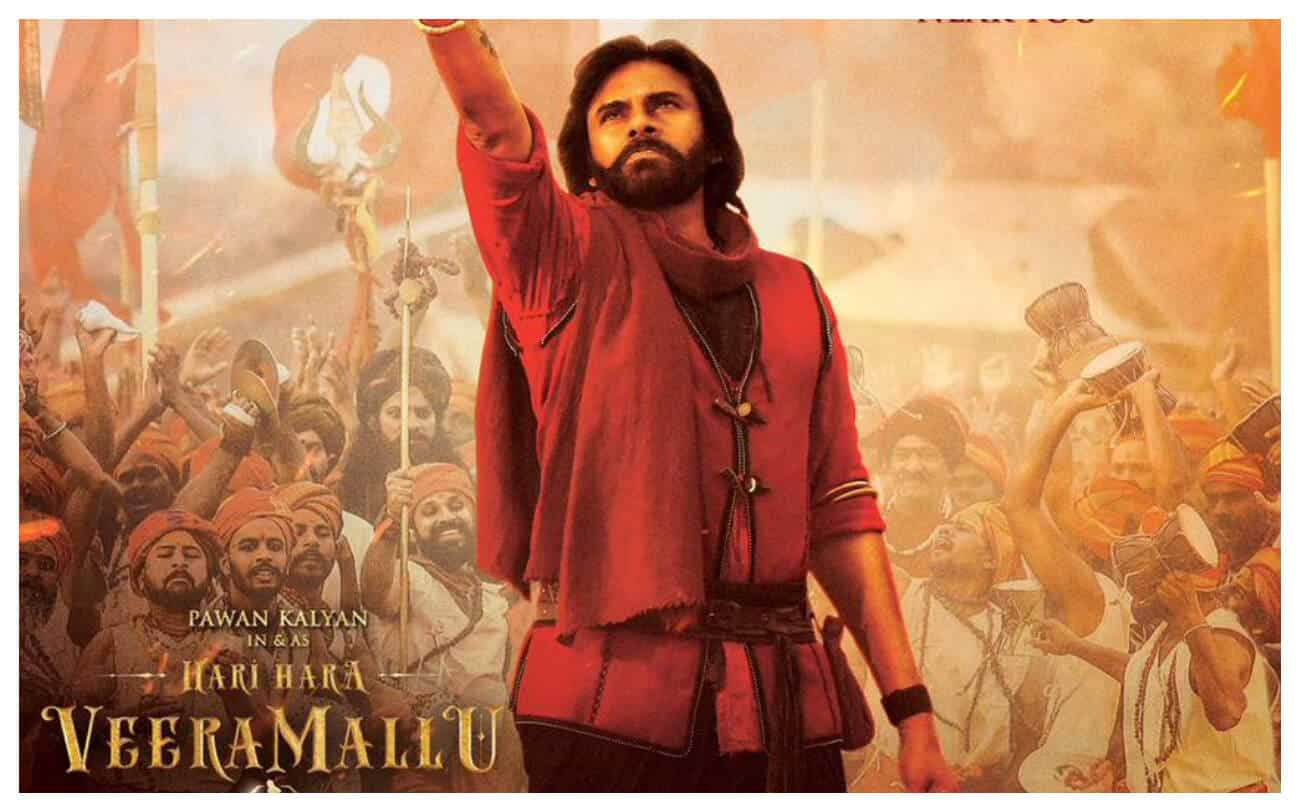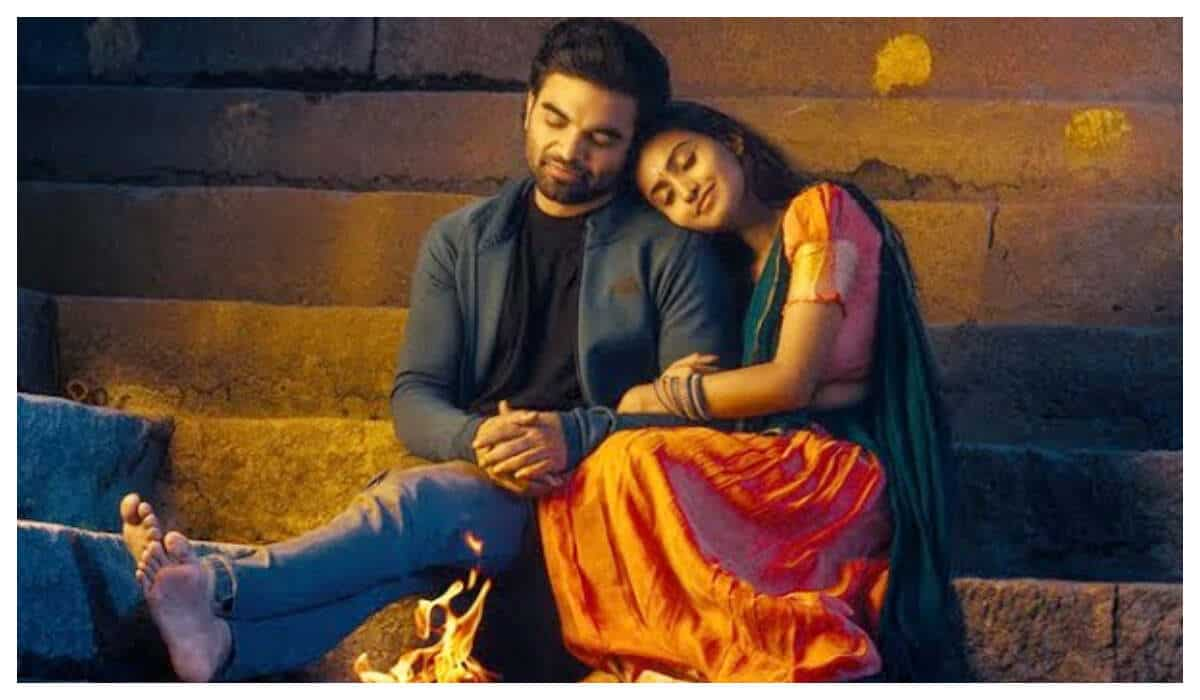
The unofficial Olympic sport of pin trading
8 months ago | 89 Views
Bengaluru: Naomi Osaka is willing to picket for it, Andy Murray scours the Games Village in search of a coveted find and Serena Williams calls herself “first class” at it.
Welcome to the unofficial Olympic sport of pin trading.
Trading Olympic pins is a longstanding tradition that dates as far back as the 1896 Games in Athens when they were used to identify athletes, officials and media. At a Games, almost everyone’s a ‘pinhead’. There are pins by national Olympic committees, sponsors, media, commemorative ones and a host of others. The rarer the pin, the more sought-after it is.
Days before the Paris Olympics began, former world No 1 Osaka put out a public request: “I’m going to bargain, hassle, stop anybody who has a Haiti pin and I’m going to beg them for it. Or I’m going to park myself outside the Haitian building.”
Golden State warriors superstar Steph Curry was seen getting started with pin swaps aboard the team boat on the Seine, during the opening ceremony.
Former British tennis player Laura Robson hilariously revealed three-time Grand Slam champion Andy Murray’s mission for this week – to find the smallest country at the Games Village.
“There’s one athlete from Liechtenstein and he (Murray) was searching the Village, high and low, to try to find this poor man…He tracked him down, he’s got it, and it was like he had won the Olympic gold,” says Robson. Romano Puentener, who’s competing in the men’s mountain biking is Liechtenstein’s sole representative at the Games.
In 1980, Don Bigsby went to the Lake Placid Winter Olympics and his life was never the same. “My first pin trade was at Lake Placid with an elderly coach from the Poland team,” Bigsby, who’s from upstate New York, tells HT, “No English for him, no Polish for me, but we spent 15 minutes communicating. Turned out he competed in ski jumping in Lake Placid at the 1932 Olympics! Next day at the ski jump competition they introduced the five surviving athletes from ski jump in 1932. My new friend was one of them. I was hooked! Life changed forever. I came home with 39 pins from that Games. I visited over 70 countries after I was 50.”
In June 1982, Bigsby – who has been to 20 Olympic Games – set up ‘Olympin’– a forum that allows people to trade pins and other Olympic memorabilia. It has 502 members from 32 countries. They meet once a year for an annual Olympic memorabilia festival. “Olympins collect pins, medals, torches, badges, posters, programs, tickets. One even collected Olympic condoms!”
Every Games throws up a whole new ocean of tiny, shiny, colourful trinkets and a couple end up being ‘hot’. Like the 1996 Atlanta pin that had onion rings for the five Olympic rings. At the 2002 Winter Olympics in Salt Lake City a green Jell-O pin turned into a runaway hit. Bigbsy paid over $300 for a 1984 USA flag pin of mascot Sam the Eagle with a bottle of Coke. “I sold it for $5 in 2004 when I changed my focus to only athletes and media pins,” Bigsby says. He hasn’t been into fad pins since but reckons the Simone Biles pin at the ongoing Olympics could be big. He’s on the money.
The seven-time Olympic medallist American gymnast arrived in Paris with a bagful of custom, gold coloured, heart-shaped pins. They have her name inscribed inside alongside a tiny heart. “I had to walk up and beg that she (Biles) take one of our New Zealand pins and then she said she’d give me a personal pin,” New Zealand women’s rugby player Tysha Ikenasio posted on Tik Tok with a sense of accomplishment. Coco Gauff was seen flexing her Snoop Dogg pin – which has the rapper puffing smoke rings coloured to resemble the five Olympic rings, and declaring ‘I win the pin game’ on Instagram.
For Serena, the love for collecting pins started at the Sydney Olympics, 2000. “I didn’t play singles in Sydney, shockingly I didn’t qualify. But I took that opportunity to trade pins…There are a few Thailand ones that I’d never trade. I was finally able to nab the North Korea pin in Rio. There’s even countries that don’t exist now anymore that did exist during Sydney.”
Former India rifle shooter Anjali Bhagwat recalls counting her haul every evening at the Games village during the Sydney, Athens and Beijing Games. “Some of us would huddle together and see which pins we didn’t have, and then we’d go hunt for athletes from those countries. It was a lot of fun.”
In a Games Village bustling with athletes from around the world, trading pins also works as an ice-breaker. It gives those looking for a swap a ready opening line, a sprinkle of social moxie. Perhaps even an unlikely friend or at least a shared lived experience at the grandest sporting stage.
“My love for pin trading was the reason I’ve traveled the world and have friends in many countries,” says Bigsby. His last Games trip was Rio 2016. He won’t be travelling anymore – 83 and poor legs, as he puts it.
“I have a lifetime of memories to keep me inspired. I learned way more than I did in school about the world and its people.”
He wouldn’t trade that for anything.
Read Also: Paris 2024: Five things to watch out for on Day 5
#




















